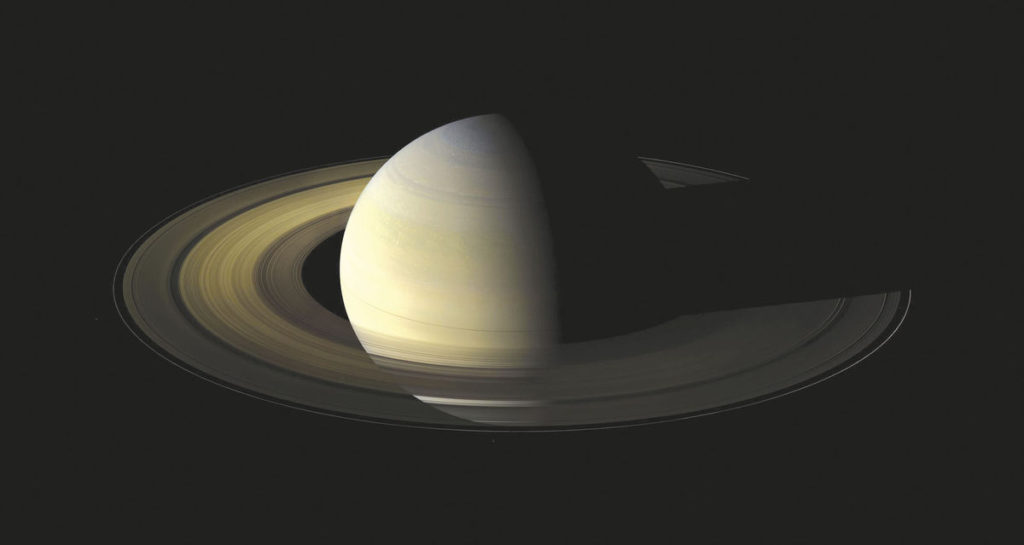From the Olean Times Herald about stargazing this summertime.
On Tuesday, we talked about the Dog Days of Summer and their astronomical origin.
Summertime is probably the most popular time to go stargazing, due to warmer weather encouraging more to stay outside after the sun goes down.
Cornell Cooperative Extension of Allegany County annually offers a stargazing event near Alfred on McAndrews Road.
Due to the position of Saturn and Jupiter in the night sky, this summer is a good time to view the Rings of Saturn and the four Galilean moons, Io, Europa, Ganymede and Callisto, officials said. The Galilean moons are named such because they were first recorded by Galileo, the Italian astronomer who was the first to use telescopes for astronomical observations. Double stars — stars orbiting each other — will also be shown to visitors, as well as deep sky objects like nebulas, star clusters and galaxies. A telescope provided by the Alfred Box of Books will be used to show the wonders of the night sky.
Attendees are invited to bring boots, binoculars, blankets, bug spray, cellphones with star atlas apps. Children ages 10 and up are invited.
This year’s event is set for Aug. 14 if the sky is clear, with Aug. 15, 16 and 17 set aside in case of cloudy weather. To double check sky conditions to see if the event is on, or for more details, call (607) 587-8437.
FOR THOSE LOOKING for a more formalized setting, inside a domed observatory peering through a 150-year-old telescope, the Stull Observatory at Alfred University hosts public viewing nights from 10 p.m. to midnight on clear Thursdays from May to July, as well as from 9 to 11 p.m. on clear Fridays from September through November and February through April.
The viewing nights are usually conducted by trained undergraduate students using the Fitz refractor, observatory officials say. The telescope, which has a main lens 9 inches across and a focal length of almost 10 feet, was part of the original Rogers Observatory at AU. The telescope was rebuilt in the 1970s and is now one of many telescopes owned and operated by AU for academic studies.
No reservation is necessary for small groups, but officials ask large groups to email [email protected] or call (607) 871-2208 during daytime working hours to make a reservation.
BUT ANY CONVERSATION about stargazing in the Twin Tiers would be remiss without mentioning Cherry Springs State Park, located on Route 44, south of Coudersport, Pa.
The park, located at an elevation of 2,300 feet and far away from the hustle and bustle of town life, is in one of the darkest locations on the Eastern Seaboard.
Since 1999, the park has hosted the Black Forest Star Party every September, drawing hundreds of dedicated amateur astronomers to camp out to observe and photograph the heavens. In 2008, the park received a Gold Level International Dark Sky Park certification from the International Dark Sky Association, making it the second Dark Sky Park in the world.
The reason, state officials say, is a lack of light pollution — spillover from street lights, building floodlights and other light sources that, while serving a purpose, often create so much extraneous light that it limits observers’ abilities to see the stars.
With its remote location, the nights can be so dark at Cherry Springs that, under the best of conditions, the Milky Way can cast a discernible shadow.
For more information on the park, visit www.dcnr.state.pa.us/stateparks/findapark/cherrysprings.
AND, OF COURSE, there’s always going up on one of the area’s many back roads with a pair of binoculars, a blanket and a cup of hot chocolate. Tomorrow, we’ll delve into how to start stargazing on your own with a minimal of cost.

